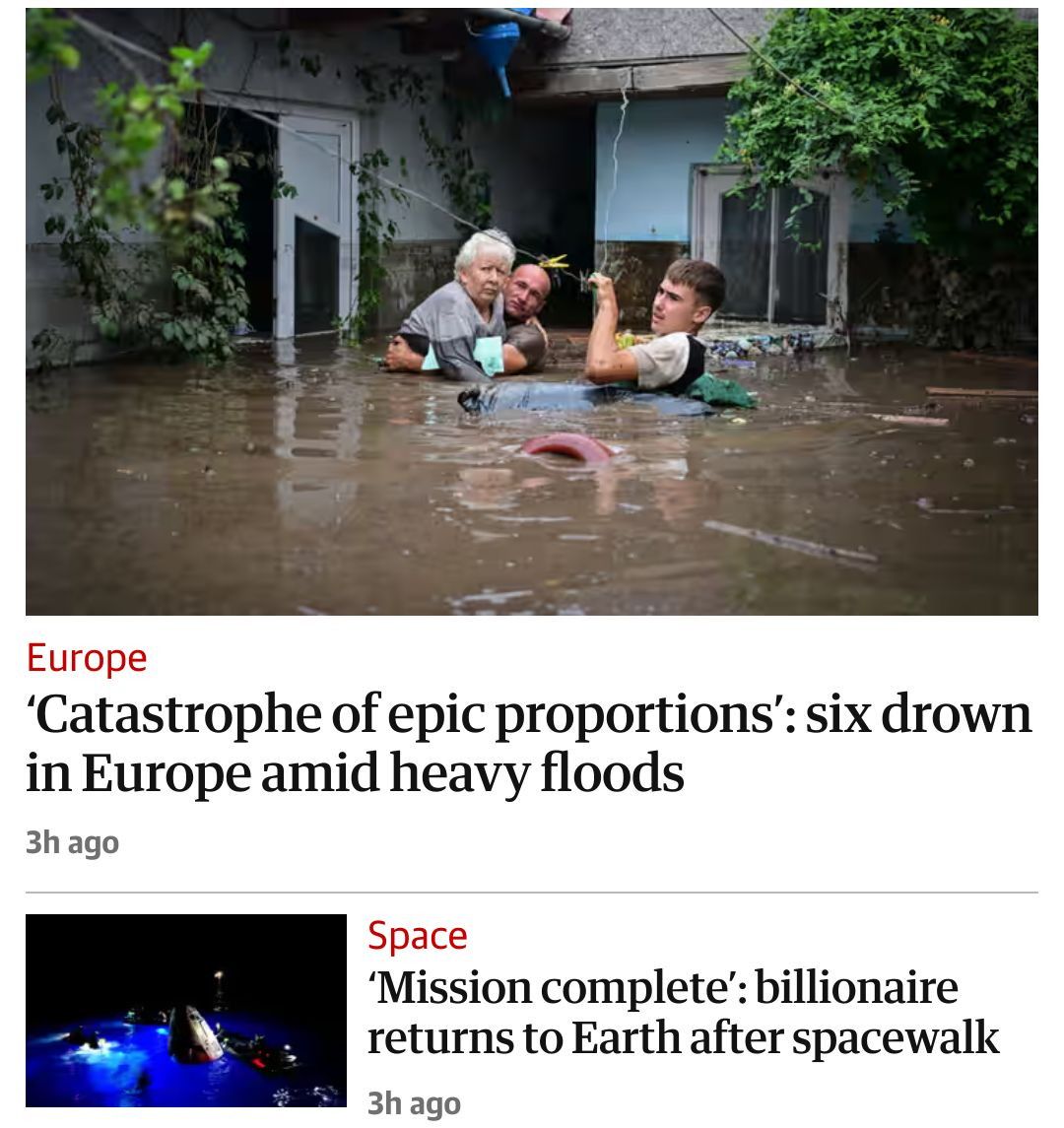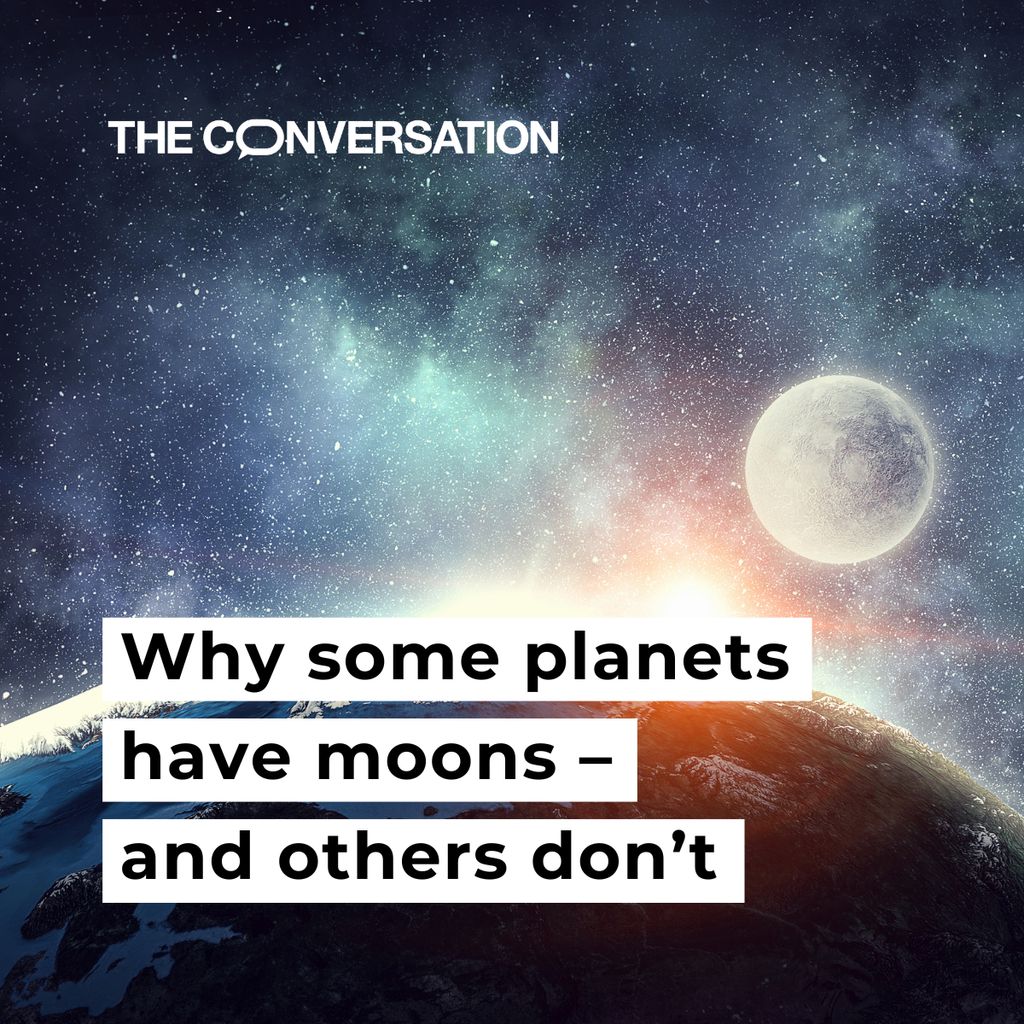I’ve just put five recently editioned works up on my website — this linocut included: ‘Firmament: the fourth day’. A large piece for me, the sheet measuring 43 x 38 cm. Only three prints in the edition. The other pieces are all monotypes and as such are one-off prints.
tags: #Canon #Celestron #EosR7 #Messier53 #astro #astronomy #astrophoto #astrophotographer #astrophotography #astrophotos #canoneosr7 #celestronnexstar #celestrontelescope #cluster #deepsky #deepspace #globular #globularcluster #m53 #messier #milkyway #nasa #nexstarevolution #nexstarevolution6 #space #spaceexploration #spacephotography #telescope #telescopes #universe
M53 Globular Cluster.
Celestron NexStar Evolution 6 + ZWO ASI585MC Pro.
945mm, f6.3, 150 exposures of 30’’.
🚀 Best ad for leaving Earth.
「 Russian company, Avant Space. That company launched a 3U cubesat in April 2024 that was designed, the company stated, to test technologies for a proposed future constellation of satellites that would maneuver in orbit and shine lasers to form logos or other images for advertisers 」
https://spacenews.com/astronomers-seek-global-ban-on-space-advertising/
Here are some heart shapes on the Mars surface spotted by NASA's Global Surveyor.
Asteroid sample reveals the building blocks of life are extraterrestrial in origin
group: science@mander.xyz
tags: #science #space
to: https://mander.xyz/c/science
When a Telescope Is a National-Security Risk
group: inks@inks.tedunangst.com
tags: #inks #opsec #policy #science #space
tags: #Astrodon #astronomy #astrophysics #chile #fediverse #introduction #science #space
#Introduction Hi #fediverse ! We’re the European Southern Observatory, and we design, build and operate ground-based telescopes.
One of them is our Extremely Large Telescope, currently under construction in #Chile. It will have a 39 m mirror, and its rotating enclosure will weigh 6100 tonnes, or about 700 mastodons!
We’re looking forward to chatting with all of you about #astronomy
📷 ESO/G. Vecchia
tags: #Nature #Space #astrophotography #nasa
Supernova 1994D and the Unexpected Universe
Credits: High-Z Supernova Search Team, HST, #NASA
This is a very short session with Pickering's Triangle. I was trying for 3 1/2 to 4 hours but ended up with only 2. Pickering's is part of the Veil Nebula, also known as the Cygnus Loop. It's between the Eastern and Western Veil.
NASA’s Mars Perseverance rover acquired this image of an unusual rock using its Left Mastcam-Z camera on Sept 13, 2024. Image Credit: NASA/JPL-Caltech/ASU/Thomas Thomopoulos
tags: #climate #climatechange #climatecrisis #space #spacex
What a set of headlines, can't get any more dystopian than that. The rich go into vanity trips into space, while the common people down below drown.
https://m.ai6yr.org/@fedi_aprs/113001580683927405
tags: #ISS #Space #aprs #aviation #hamradio #nasa
to: https://mastodon.radio/users/wd9ewk
Woohoo! First post to the Fediverse *from space* via the International Space Station!!!! (Packet sent via RF to space, then retransmitted to earth from the ISS digipeater back to earth, detected by my bot and posted to the Fediverse). Message from @wd9ewk
Why do some planets have moons and others don’t?
Moons are either gravitationally captured if they are within what’s called a planet’s Hill sphere radius, or they’re formed along with a solar system. 🌙
Did you know: Earth's moon formed from a collision with a Mars-sized object.








